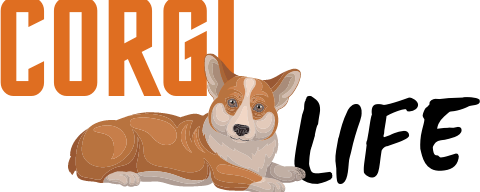Pembroke corgis are well-known for their unique physical qualities, including short stubby legs, elongated body, and lack of a tail. But are these cute little dogs actually born without tails?
Are Pembroke Corgis born without tails?
Generally, Pembroke corgis are born with tails. However, in rare cases, some come without one.
Pembroke corgis born with tails usually have them docked within 5 days after birth to meet breed standards. Hence, the prevalence of tailless Pembroke corgis.
Those born with tails are required to get their tails docked to meet the AKC breed standard. But this is only necessary if the dog is to be registered with the AKC and shown in AKC-approved programs. So, coming across a Pembroke corgi with a tail is not impossible.
In the rest of this article, we probe further into the taillessness of Pembroke corgis. We also talk about docking: does it hurt, and should you dock your Pembroke corgi’s tail? Read on for our answers.
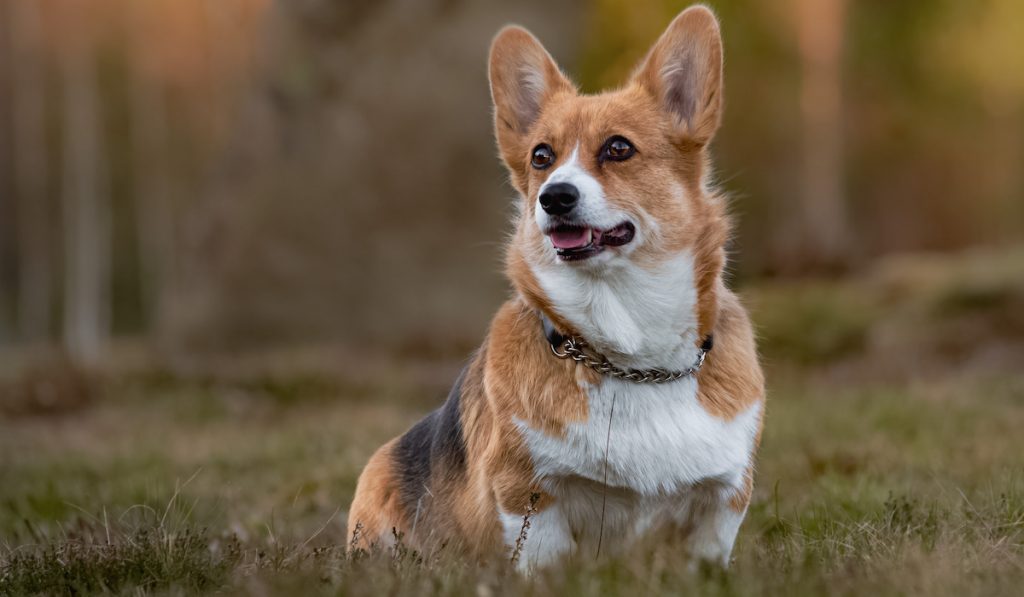
Why Does My Corgi Not Have a Tail?
Here are some reasons why your corgi does not have a tail:
AKC Breed Standard
According to the AKC, for a Pembroke corgi to conform to the breed standard, its tail must be docked. The dog’s tail needs to be as short as possible without any indentations at the tail region.
At birth, if a Pembroke corgi has a natural dock that is short enough, it is acceptable. According to the AKC, a tail length of up to two inches is allowed. But if the tail exceeds two inches, it may require further docking to meet the breed standards.
If the Pembroke corgi is born with a tail, the tail is docked a few days after birth. So, if you buy an AKC registered Pembroke corgi, you should expect it to have a docked tail.
No Tails Required for Herding
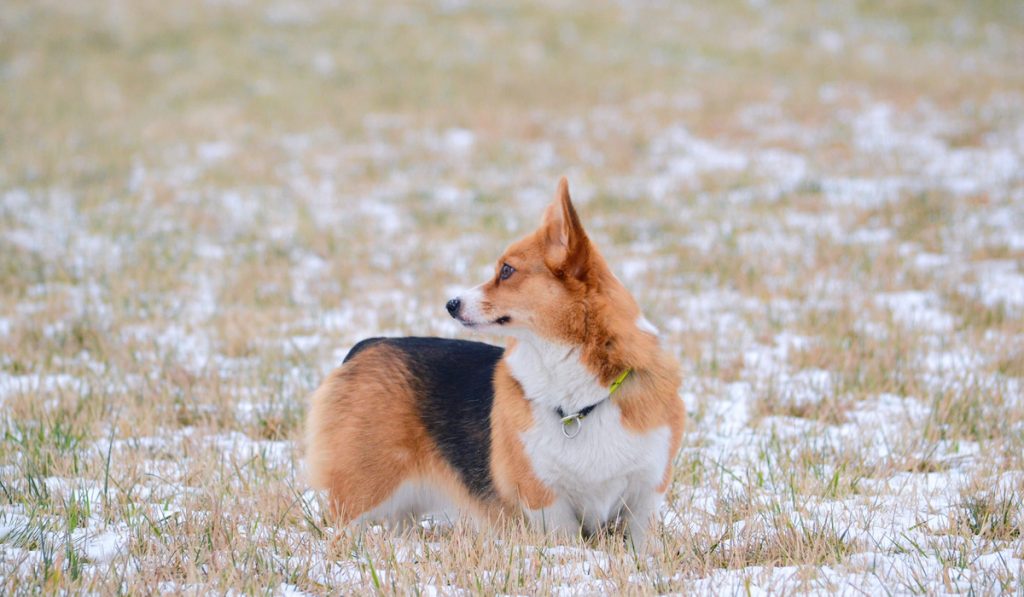
The main reason Pembroke corgis have their tails docked is that they were bred originally to herd livestock. Despite how small these dogs look, they are one of the fiercest and most skilled cattle herders.
It is believed that since they were bred to herd livestock, their tails were liabilities. The assumption was that because of the corgi’s size, cows could accidentally stomp on their tails.
Although this concern sounds reasonable, many corgi owners disprove this claim. They insist that since a corgi’s tail curls upwards, it will be difficult for a cow to stomp on it while herding. As a result, many breeders are opposed to tail docking and have tried to stop the act.
Natural Bobtailed Corgis
Another reason corgis may appear not to have a tail is that they were born that way. Some corgis come with natural bobtails.
The UC Davis School of Veterinary Medicine was able to deduce that natural bobtails occur due to a mutation in the T-box gene. This gene is hereditary and affects both sexes equally. However, the length of the bobtail tends to vary. (source)
Pembroke corgis are not the only dogs with natural bobtails. Natural bobtails have also been seen in the Schipperke, Australian Shepherds, Spanish Waterdog, Blue Heeler, Brittany Spaniel, and other popular dog breeds.
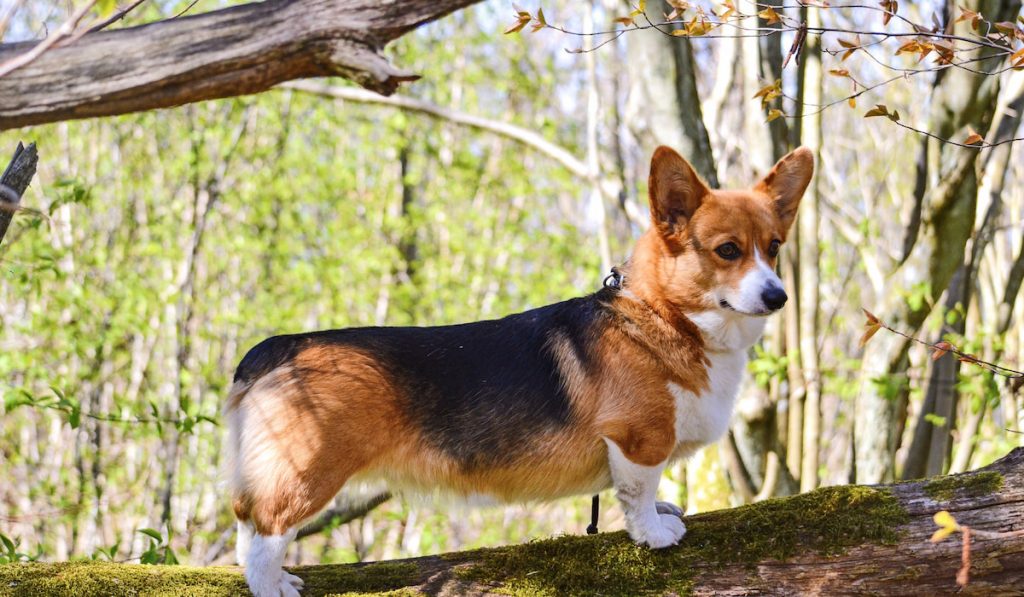
Should I Dock the Tail of My Pembroke Corgi?
Since docking is done in the very early days of a puppy’s life (before the owner buys it), most corgi owners believe they have no say over whether it happens or not. However, you can choose to skip this procedure by contacting the breeder before the dog is born.
Going by the above facts, the choice to have the tail of your Pembroke corgi docked may be up to you.
Some reputable breeders may decline your request because they are not willing to go against breed standards. On the other hand, less prominent corgi breeders will be inclined to agree to your request mainly out of desperation.
Although a reputable breeder may decline your request, try not to ignore them. The long-term health of the dog should be your priority.
If reputable breeders are proving difficult, you can check other areas where this procedure is banned. It is ultimately up to you whether or not you want to dock your corgi’s tail.
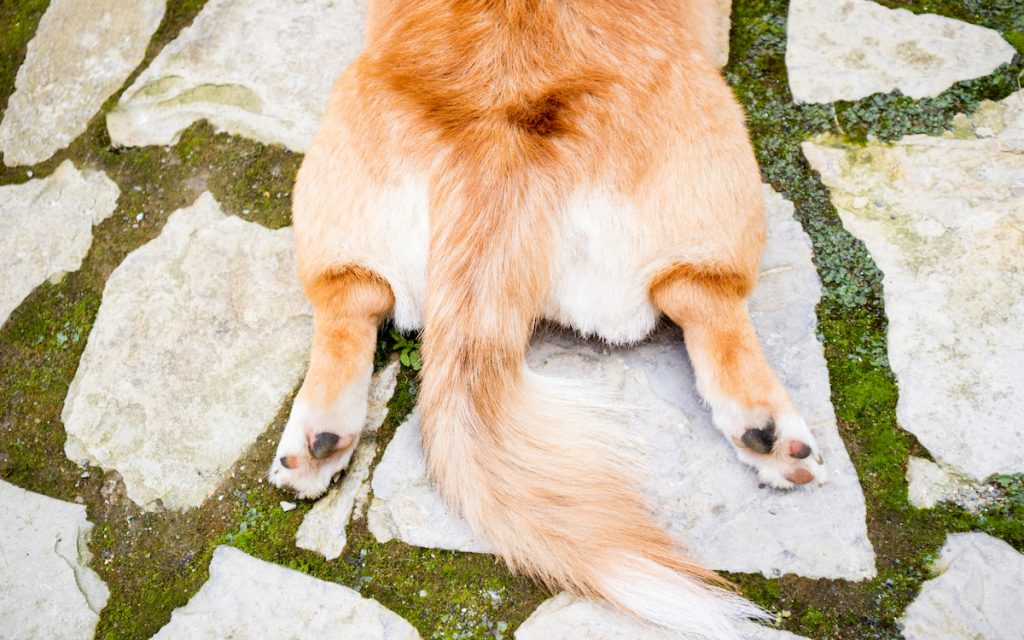
Does Tail Docking Hurt?
There have been several arguments over the years trying to prove whether or not docking hurts. Most experts believe tail docking isn’t painful since the nervous system has not fully developed at that age.
On the other hand, some oppose docking and believe it to be a painful procedure. Those who oppose docking claim the puppy will still feel pain like an adult dog, whether or not their nervous system has fully developed.
Many puppies shriek or make other unpleasant vocalizations once their tail is docked, which means they feel something. However, there are cases of puppies that were asleep when their tails were docked and did not wake up.
There are also cases of puppies crying days after the procedure. Many pet owners oppose tail docking and have even described it as a barbaric act. As a result, several countries have banned tail docking.
But if you ever get the chance to make that decision, it is totally up to you.
Final Thoughts
A few Pembroke corgis are born without tails. However, many are born with tails, and they may be required to have their tails docked according to breed standards.
At the moment, there is no consensus on the painfulness of the docking procedure. Some breeders now allow the decision to dock your future corgi puppy’s tail to be yours.
